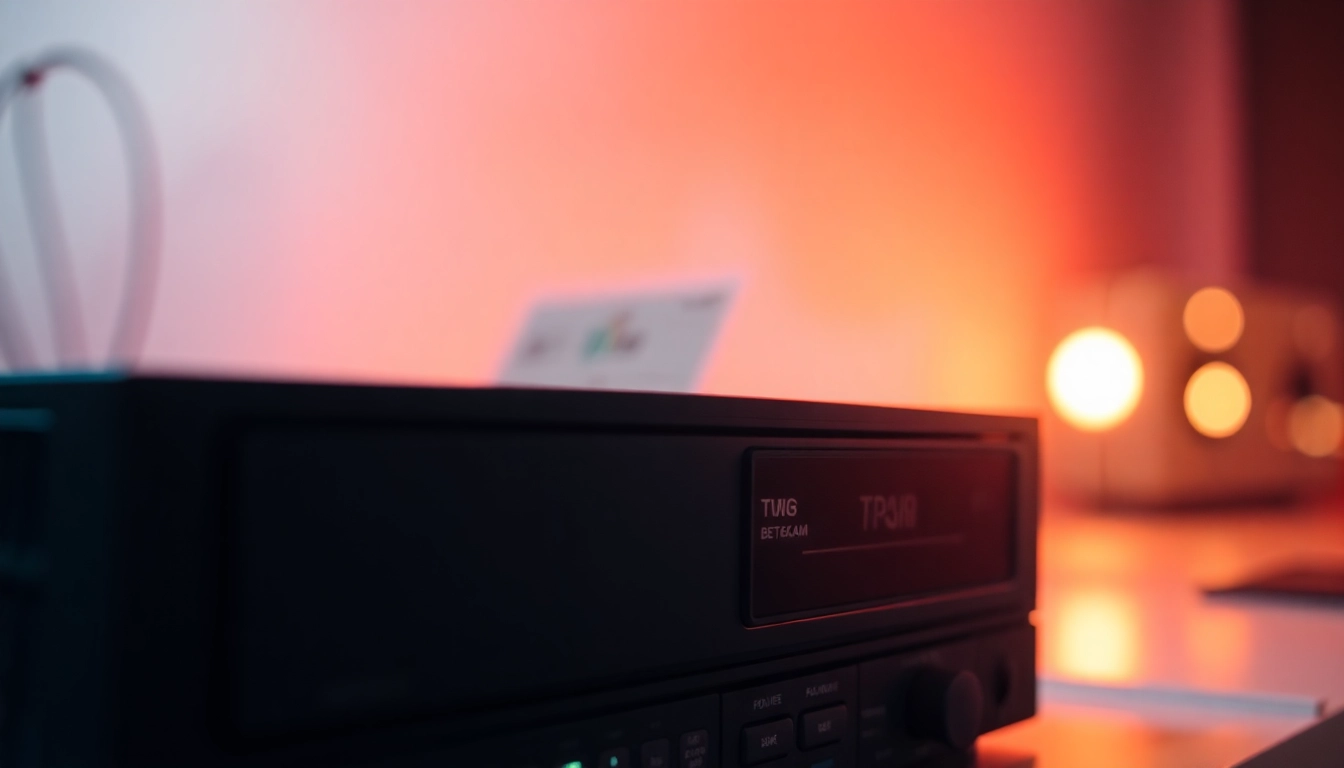Understanding Betacam Formats
What is Betacam?
Betacam is a family of video formats developed by Sony in the early 1980s, primarily for professional video production applications. The Betacam format revolutionized the broadcasting industry, providing improved image and sound quality compared to its predecessors. Designed for use by television broadcasters, production companies, and other media professionals, Betacam tapes captured analog video in a format that became the industry standard for many years.
Different Betacam Variants Explained
Betacam has several variants that have evolved over the years, including:
- Betacam: The original format introduced in 1982, known for its 3/4-inch tape and analog video quality.
- Betacam SP: An enhanced version of the original Betacam, offering better picture quality and improved audio capabilities. It was released in 1986 and became the gold standard in broadcast quality.
- Digital Betacam (DigiBeta): Launched in the 1990s, DigiBeta marked a shift to digital recording technology, offering superior video quality and compression methods, making it a favorite among filmmakers and broadcasters.
- Betacam SX: This variant allows for lower bit rates while still maintaining high video quality. It supports high-speed recording and was aimed at news and production environments.
Why Choose Betacam to Digital Conversion?
As technology advances, the need to convert older formats to digital becomes crucial for preserving valuable media. Betacam to Digital conversion offers a pathway to maintain quality while ensuring accessibility. Digital formats are more compatible with contemporary devices and platforms, making it easier for users to play, edit, and share their video content.
Benefits of Converting Betacam to Digital
Enhanced Quality Over Time
One of the primary advantages of converting Betacam tapes to digital is the preservation of quality. Analog tapes degrade over time; the video and audio may become distorted due to the physical wear of the tape surface, mechanical issues with playback devices, or environmental factors such as humidity and temperature. Digital files, on the other hand, do not degrade with repeated playback. By converting tapes to digital formats, you are not only preserving the existing quality but enhancing it through noise reduction techniques and higher resolution formats.
Accessibility and Convenience
Digital media has transformed how we access and share content. In the digital realm, videos can be easily stored, edited, and shared across platforms. This convenience is particularly important for those with large collections of Betacam tapes, as finding and playing a specific tape can be time-consuming. Additionally, digital files can be easily backed up on cloud services, hard drives, or SSDs, ensuring that your valuable media is protected from physical damage or loss.
Preserving Historical Content
Many Betacam tapes contain historical footage, personal memories, and significant media content that may be irreplaceable. As technology changes, it’s essential to migrate this content to formats that will remain accessible in the future. Converting Betacam to digital allows for enhanced longevity of media files, ensuring historical documentation can be preserved for future generations and that the stories and information contained within them remain accessible.
How Betacam to Digital Conversion Works
Steps Involved in the Conversion Process
The conversion process generally follows a structured approach:
- Preparation: Inspect the Betacam tapes for physical damage, clean them, and prepare the necessary equipment for playback.
- Playback: Use appropriate video tape recorders (VTRs) or converters specifically designed for Betacam tapes to play the tapes.
- Capture: The video signal is captured during playback and converted into a digital format using specialized software and hardware.
- Editing: Post-processing may be done to enhance the video quality, including color correction, noise reduction, and format conversion.
- Output: The final product can be saved in various digital formats, depending on the client’s needs, including MP4, MOV, or even cloud storage for portability.
Choosing the Right Service Provider
When selecting a service provider for Betacam to digital conversion, it’s important to consider various factors:
- Experience: Select a provider with a proven track record in handling professional video formats.
- Quality Assurance: Look for companies that offer a quality guarantee and allow for state-of-the-art equipment to ensure the best transfer.
- Customer Support: A reliable service provider should offer clear communication and support throughout the conversion process.
Understanding Different Output Formats
Upon completion of the conversion process, it’s essential to determine the most suitable output format. Common formats for digital video files include:
- MP4: A widely supported format suitable for various devices and online platforms.
- AVI: Offers high quality and is commonly used for editing purposes.
- MOV: A file format often used in Apple devices, providing high-quality video and audio.
Common Questions About Betacam to Digital
Is Betacam to Digital Worth It?
The question of value often arises, with many people uncertain if investing in conversion is worthwhile. Given that Betacam tapes are susceptible to degradation over time and the increasing difficulty of accessing VTRs, transitioning to a digital format is a proactive and wise investment. Coupled with the benefits of preserved quality, ease of access, and protection of historical content, the conversion is not only worth it but essential for anyone who values their footage.
How to Prepare Your Tapes for Conversion
Prior to sending your tapes to a conversion service, you can take several steps to ensure the best results:
- Label Your Tapes: Identify each tape with relevant information to aid in the conversion process.
- Inspect for Damage: Check tapes for any physical damage; this might require professional assistance to repair.
- Clean the Tapes: While you shouldn’t attempt to clean them yourself, ensuring the tapes are unmarked and dry is ideal.
What to Expect from a Conversion Service
When engaging a conversion service, you can typically expect:
- Initial Consultation: A discussion about your needs and the specifics of the tapes you wish to convert.
- Detailed Process Explanation: An overview of how the conversion will be conducted, including timeframes and costs.
- Sample Outputs: Some services may offer sample outputs for review to ensure satisfaction.
Finding the Best Betacam to Digital Services
Comparing Local vs. Online Services
When considering conversion services, you may choose between local businesses or online services. Local services may provide convenience and the ability to speak with someone face-to-face, while online services often present more flexible pricing and quicker turnaround times. It’s crucial to assess your priorities, such as the importance of personal interaction versus the convenience of shipping.
Cost Considerations and Budgeting
Understanding the costs associated with conversion is essential for effective budgeting. Various factors can influence prices, including:
- Type of Tapes: Different Betacam variants may have varying costs associated with conversion.
- Volume of Tapes: Many providers offer discounts for bulk transfers.
- Desired Output Format: The selected digital format may also affect the cost.
Reading Reviews and Testimonials
Before committing to a service provider, it is beneficial to read reviews and testimonials from past clients. Satisfied customers typically indicate a dependable and high-quality service. Reputable companies will showcase customer feedback on their website, and you might also find reviews on third-party sites, offering a more objective perspective on their offerings.



